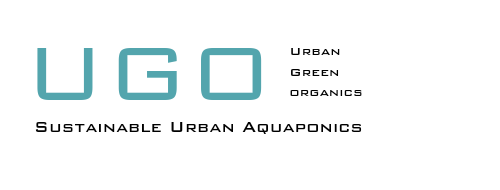Introduction
In recent years, the concept of sustainable farming has gained significant attention as people become more conscious of the impact of traditional agriculture on the environment. As urbanization continues to rise, finding innovative ways to grow food in urban locations has become crucial. This blog post explores the importance of sustainable farming in urban areas and highlights some of the solutions available.
The Benefits of Sustainable Farming in Urban Areas
Urban farming offers numerous benefits, both for the environment and the community. By growing food locally, we reduce the carbon footprint associated with long-distance transportation. Additionally, sustainable farming practices such as organic cultivation methods and the use of renewable energy sources contribute to healthier ecosystems and cleaner air.
Furthermore, urban farming can improve food security by providing fresh produce to communities that may lack access to nutritious options. It also promotes a sense of community and connection as individuals come together to cultivate and harvest their own food.
Sustainable Farming Solutions for Urban Locations
1. Rooftop Gardens: Utilizing rooftops for farming is an excellent way to optimize space in urban areas. By converting unused rooftops into green spaces, we can create thriving gardens that produce a variety of fruits, vegetables, and herbs. Rooftop gardens also help to insulate buildings, reduce energy consumption, and mitigate the urban heat island effect.
2. Vertical Farming: Vertical farming involves growing crops in vertically stacked layers, often indoors or in controlled environments. This method maximizes space utilization while reducing water usage and eliminating the need for pesticides. Vertical farms can be set up in old warehouses or repurposed buildings, bringing agriculture back into the heart of the city.
3. Hydroponics: Hydroponic systems allow plants to grow without soil, using nutrient-rich water solutions instead. This method requires less water compared to traditional farming and eliminates the risk of soil-borne diseases. Hydroponics can be implemented in urban areas, including small apartments or unused basements, making it an ideal solution for limited spaces.
4. Community Gardens: Community gardens provide a space for residents to come together and grow their own food. These gardens can be located in parks, vacant lots, or even on school grounds. Community gardens promote education, encourage healthy eating habits, and foster a sense of belonging within the neighborhood.
Conclusion
Sustainable farming solutions play a crucial role in addressing the challenges of urbanization and ensuring a more sustainable future. By implementing rooftop gardens, vertical farming, hydroponics, and community gardens, we can transform urban areas into thriving, self-sufficient food production hubs. These solutions not only provide fresh and nutritious food but also contribute to environmental conservation and community well-being. Embracing sustainable farming in urban locations is a step towards a more resilient and sustainable future for all.
